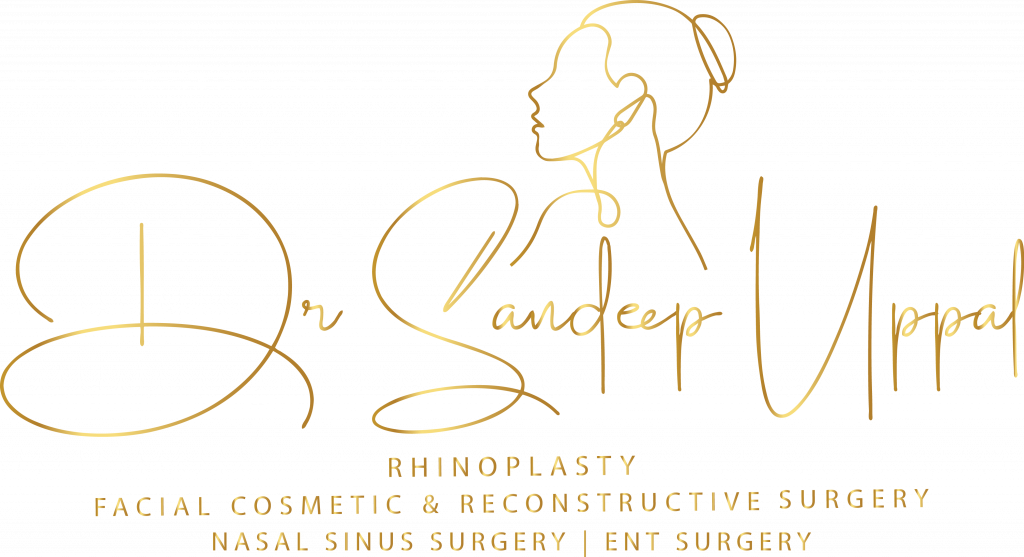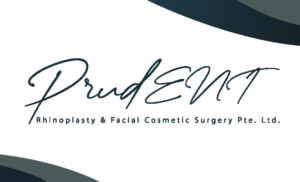SLIDING GENIOPLASTY
Sliding genioplasty is a surgical procedure specifically designed to modify the position and shape of the chin by repositioning a section of the lower jawbone (mandible).
It’s a versatile procedure that can address various chin concerns, including retrusion (recessed chin), protrusion (prominent chin), vertical height discrepancies, and asymmetry.
Here’s an overview of the sliding genioplasty procedure:
PREOPERATIVE ASSESSMENT
CONSULTATION
Patients meet with the surgeon to discuss the desired outcome and the feasibility of the procedure.
IMAGING
X-rays or 3D CT scan imaging techniques are used to plan the surgery by assessing the bone structure and the degree of chin augmentation or reduction needed.
PRE-OPERATIVE PHOTOGRAPHS
Purpose: They are taken from multiple angles to provide a clear understanding of the patient’s current anatomy and discuss their aesthetic concerns.
Comparison: These photos are used as a baseline to compare with post-operative results.
PRE-OPERATIVE PREPARATION
- You may be asked to undergo certain lab tests as preparation for surgery.
- Medications might be adjusted, and certain drugs, like aspirin, and certain herbal medications and health supplements may be stopped to reduce the risk of bleeding.
- Smoking should be stopped well in advance of the surgery as it can impair healing. Instructions will be given regarding eating and drinking on the day of the surgery.
ANAESTHESIA
General Anaesthesia: The procedure is typically performed under general anaesthesia, meaning the patient is asleep during the surgery.
SURGICAL PROCEDURE
INCISION
The procedure is typically performed intraorally, meaning the incision is made inside the mouth along the lower gum, which avoids visible external scars.
BONE CUT
A horizontal osteotomy (bone cut) is made across the chin region of the mandible. This allows Dr Sandeep to mobilize the lower portion of the chin.
REPOSITIONING
Depending on the desired outcome, the mobilized segment of the chin can be:
- Moved forward (for a recessed chin).
- Moved backward (for a protruding chin).
- Moved upward or downward to adjust vertical height.
- Rotated to correct asymmetry.
FIXATION
Once the bone segment is in the desired position, it’s secured using titanium plates and screws.
CLOSURE
The intraoral incision is then sutured closed with sutures which dissolve over the next few weeks and do not need removal.
RECOVERY
- There will be some swelling, bruising, and discomfort after the surgery. A chin bandage may be applied to reduce the swelling.
- Cold compresses is recommended for a few days to help reduce swelling.
- Pain medication and antibiotics may be prescribed.
- It’s essential to maintain good oral hygiene to prevent infection at the surgical site. Our team will prescribe antiseptic mouth wash to help prevent infection.
- It’s advised to keep the head elevated and avoid vigorous physical activity for a few days after surgery.
- Most clients can return to work within a week, but strenuous activities should be avoided for several weeks.
- If the incision was made inside the mouth, a soft diet might be recommended for a few days.
FOLLOW-UP
Dr Sandeep will schedule follow-up visits to monitor the healing process and ensure the healing of tissues and the aesthetic results are as planned. As a client, you can further mitigate surgical risks by strictly adhering to pre-surgery and post-surgery guidelines. It’s also vital to attend all subsequent check-ups to monitor healing and promptly discuss any issues.
Dr Sandeep and his team often discuss the various pros and cons of different surgical procedures with their clients. When it comes to sliding genioplasty, the team acknowledges that there are both advantages and disadvantages to consider. They highlight the following advantages and disadvantages.
ADVANTAGES OF SLIDING GENIOPLASTY
HARMONIOUS FACIAL PROPORTIONS
Sliding genioplasty allows for precise modifications to the chin’s position, leading to improved facial balance and aesthetics.
VERSATILITY
The procedure can either advance or retract the chin, making it versatile for various aesthetic needs.
NATURAL RESULTS
Since the client’s own bone is repositioned, the results tend to look and feel natural.
PERMANENT
The results of a sliding genioplasty are typically permanent.
FUNCTIONAL IMPROVEMENTS
In some instances, sliding genioplasty may help open the airway, potentially improving issues like sleep apnoea.
BOOSTED SELF-CONFIDENCE
With an enhanced facial profile, many clients experience a significant boost in self-confidence and self-esteem.
SOCIAL AND PROFESSIONAL GAINS
A more balanced and attractive facial appearance can positively affect social interactions and even open doors professionally.
PERSONALISED RESULTS
The procedure can be tailored to meet the unique anatomical and aesthetic needs of the individual client, ensuring that the results align with their goals.
BONE PRESERVATION
Unlike implant-based methods, sliding genioplasty utilises the client’s own bone, reducing the risks of rejection or infection.
STABILITY
Because the bone is fixed in its new position, the results are generally stable over the long term.
REDUCED SCARRING
The incisions are usually made inside the mouth, resulting in no visible scars.
DISADVANTAGES OF SLIDING GENIOPLASTY
SURGICAL RISKS
Like any surgical procedure, sliding genioplasty comes with the general risks of anaesthesia, infection, and bleeding.
LONGER RECOVERY TIME
Compared to less invasive options like chin implants, sliding genioplasty usually requires a longer period of recovery.
COMPLEXITY
Sliding genioplasty is a technically demanding procedure that requires a skilled surgeon like Dr Sandeep to ensure that the bone heals in the proper alignment.
COST
The procedure can be quite expensive, especially when factoring in hospital stays and any additional treatments that may be needed.
LIMITATIONS IN AESTHETIC OUTCOMES
While sliding genioplasty is versatile, it may not be suitable for all types of chin augmentations. The range of achievable aesthetic outcomes may be limited based on the client’s existing anatomy.
PSYCHOLOGICAL IMPACT
As with any cosmetic procedure, there’s a psychological aspect to consider. Clients must have realistic expectations and be prepared for the emotional impact of undergoing surgery and the recovery process.
POTENTIAL RISKS AND COMPLICATIONS OF SLIDING GENIOPLASTY
Like all surgical procedures, sliding genioplasty comes with potential risks and complications. Here are some of the most common and significant ones:
- Infection: As with any surgical procedure, there’s a risk of infection at the surgical site. Proper post-operative care and antibiotics can help minimize this risk.
- Nerve Damage: The inferior alveolar and mental nerves, which provides sensation to the lower lip and chin, runs close to the area where the osteotomy (bone cut) is made. There’s a risk of damaging this nerve, which can lead to numbness or tingling in the lower lip or chin. While this is often temporary, there’s a small chance it could be permanent.
- Bone Non-union or Malunion: There’s a possibility that the repositioned bone segment might not heal properly. Non-union refers to the bone not healing or fusing at all, while malunion refers to the bone healing in an incorrect position.
- Bone Resorption: In some cases, the bone may not heal correctly, leading to the need for revision surgery.
- Relapse: Over time, there’s a chance that the chin could shift back towards its original position, especially if the surgically created movement was significant.
- Aesthetic Dissatisfaction: The final result might not meet the client’s expectations in terms of appearance.
- Asymmetry: There’s a possibility that the chin might not be symmetrical post-operatively, either due to surgical technique or the healing process.
- Scarring: Even though the incision is made inside the mouth and thus not visible, there’s still a risk of scarring which could affect the tissues inside the mouth.
- Hardware Complications: The titanium plates and screws used to secure the bone segment can sometimes cause issues. They might become loose, get infected, or even be felt under the skin. In some cases, a second procedure might be needed to remove or adjust them.
- Hematoma or Seroma Formation: Blood or fluid might accumulate at the surgical site, leading to swelling and discomfort. Sometimes this may lead to infection.
- Scarring: Although the incision is generally made inside the mouth to minimise visible scarring, there is still a risk of scar tissue formation, which might require additional treatment.
- General Surgical Risks: These include risks associated with anaesthesia, blood clots, and reactions to medications.
EMPOWER YOUR PROFILE WITH SLIDING GENIOPLASTY BY DR SANDEEP!
Elevate your chin’s definition and harmonize your facial features with sliding genioplasty. This precise procedure adjusts the chin bone for enhanced projection or subtle reduction, tailoring to your aesthetic desires.
Schedule a Sliding Genioplasty consultation with Dr Sandeep to explore the possibilities for your facial contouring. Engage with Dr Sandeep for a bespoke evaluation.
A comprehensive consultation is vital to making an informed decision about pursuing sliding genioplasty. Dr Sandeep and his team believe that thorough consultation and client education are crucial for a successful outcome. They always ensure that clients are well-informed about both the advantages and disadvantages of sliding genioplasty so that they can make an informed decision about their treatment options.


